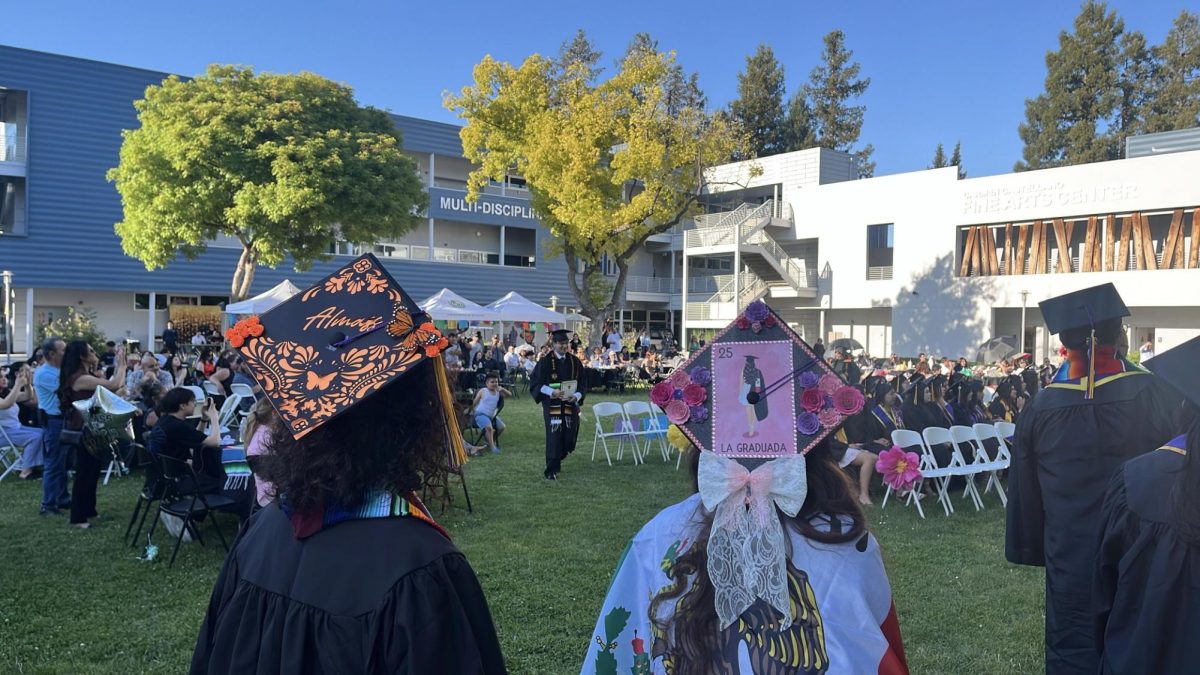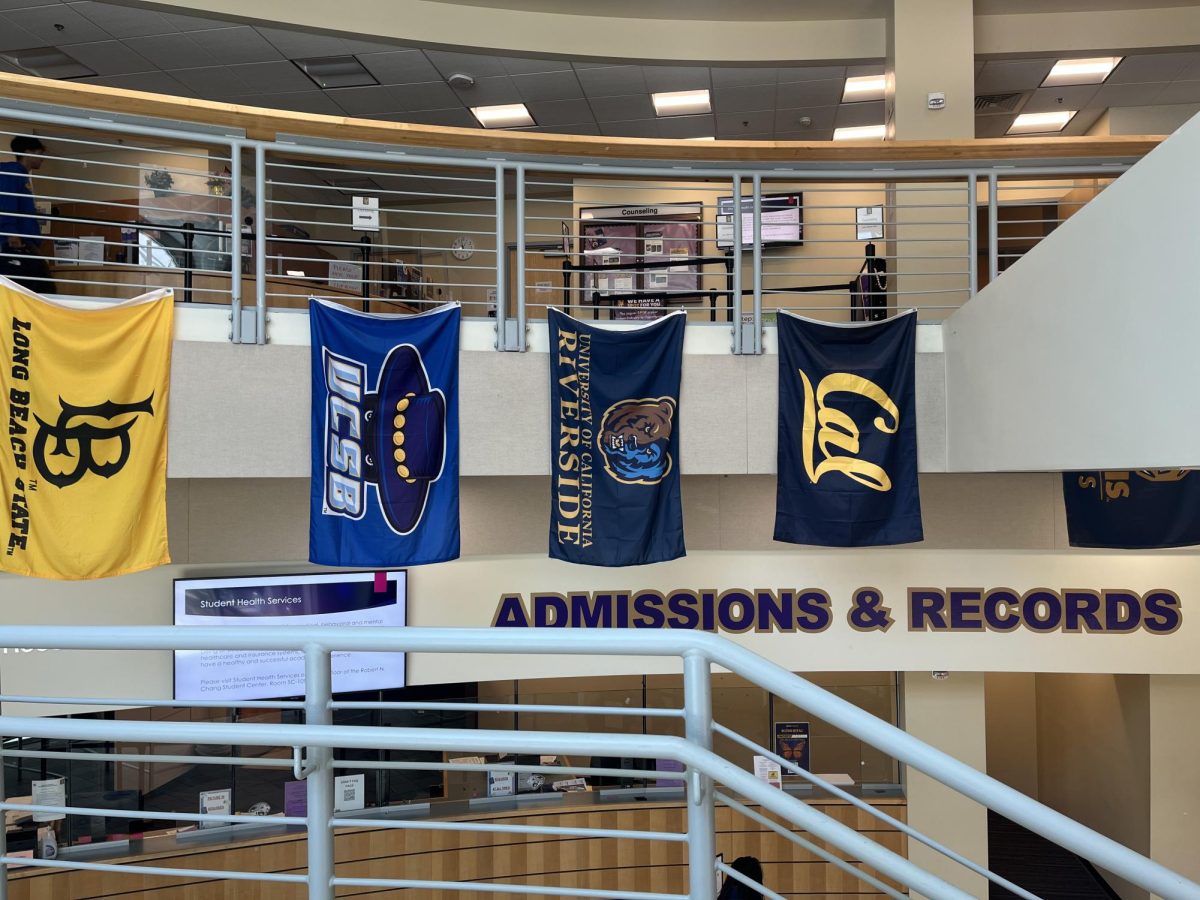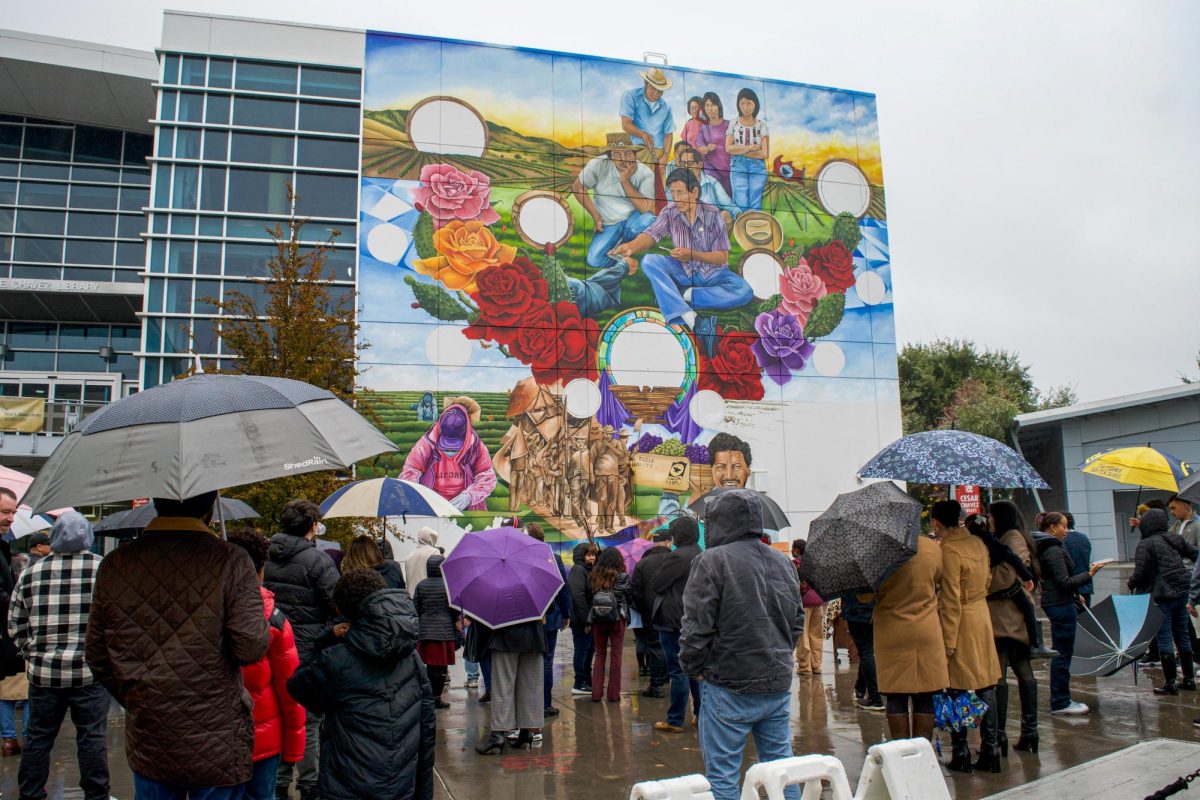New, special associate degrees apart from regular associate degrees will help students transfer into a CSU with an advantage.
As of today, San Jose City College has gotten two major degrees approved by the state of California out of the seven it hopes to have available for students: administration of justice and mathematics. By fall 2013, SJCC plans to get four out of the five remaining degrees approved that include business administration, computer science, early childhood education, elementary teacher education and studio arts, and by the following year reach 100 percent in completion counselor Elena Dutra said.
California legislature signed the Student Transfer Achievement Reform Act to help junior college students transfer into their major programs in September 29, 2010.
The STAR Act permits California Community Colleges and California State Universities to work together to align the required courses to give junior college students a guaranteed admission into a CSU. The collaboration of the 112 community colleges and the 23 CSUs brought forth two new associate degrees apart from the two existing: an associate in arts transfer degree (AA-T) and an associate in science transfer degree (AS-T).
Under the STAR Act, a student pursuing an AA-T or an AS-T is given priority consideration when applying to a certain major at a CSU. With its completion and with the fulfillment of the minimum requirements, students are ready to transfer and are eligible for junior standing, preventing students from being required to repeat courses that are similar to the ones taken at a community college.
The major difference that exists between the regular associate in arts and associate in science degrees at SJCC with the AA-T and AS-T degrees are the local graduation requirements.
“We can not require physical activity, american institution, and cultural pluralism/ethnic studies,” Interim Articulation Officer Marc Sola said, as these requirements do not have to be met if a student purses either an AA-T or an AS-T at SJCC.
He said students are required to have at least a 2.0 GPA in coursework and a C in each transferable course, even if the course is not part of the major. If the major in a CSU is impacted or the campus is impacted, a student’s admission will then depend on GPA and coursework.
“The challenge is having all departments working together in alignment to the state curriculum,” Dutra said.
The Transfer Model Curriculum templates that the state created helps community colleges align their current courses to the lower-division courses accepted in a CSU. The SJCC faculty has to identify the common lower-division major preparation courses offered to students and define the course content. The faculty is currently interested in aligning four to five other majors, and if need be, will create new ones to convert regular AA and AS degrees into AA-T and AS-T degrees.
“(The) nice part is students will get to complete 60 units,” Dutra said, as no more than 60 transferable units are needed for students to transfer under either new degree.
Students are given an opportunity to complete the 60 units by following either the General Education pattern, the CSU GE-Breadth or the Intersegmental General Education Transfer Curriculum (IGETC). Once transferred to the CSU that has the student’s major, he or she would only need to complete 60 more units to get a bachelor’s degree.
“I like it because I do not need to take any classes that are useless (to me) and (are a) waste of (my) time,” said Monica Paulino, 26, administration of justice, “I get priority and looked at first, and (get to) see my work paying off.”












